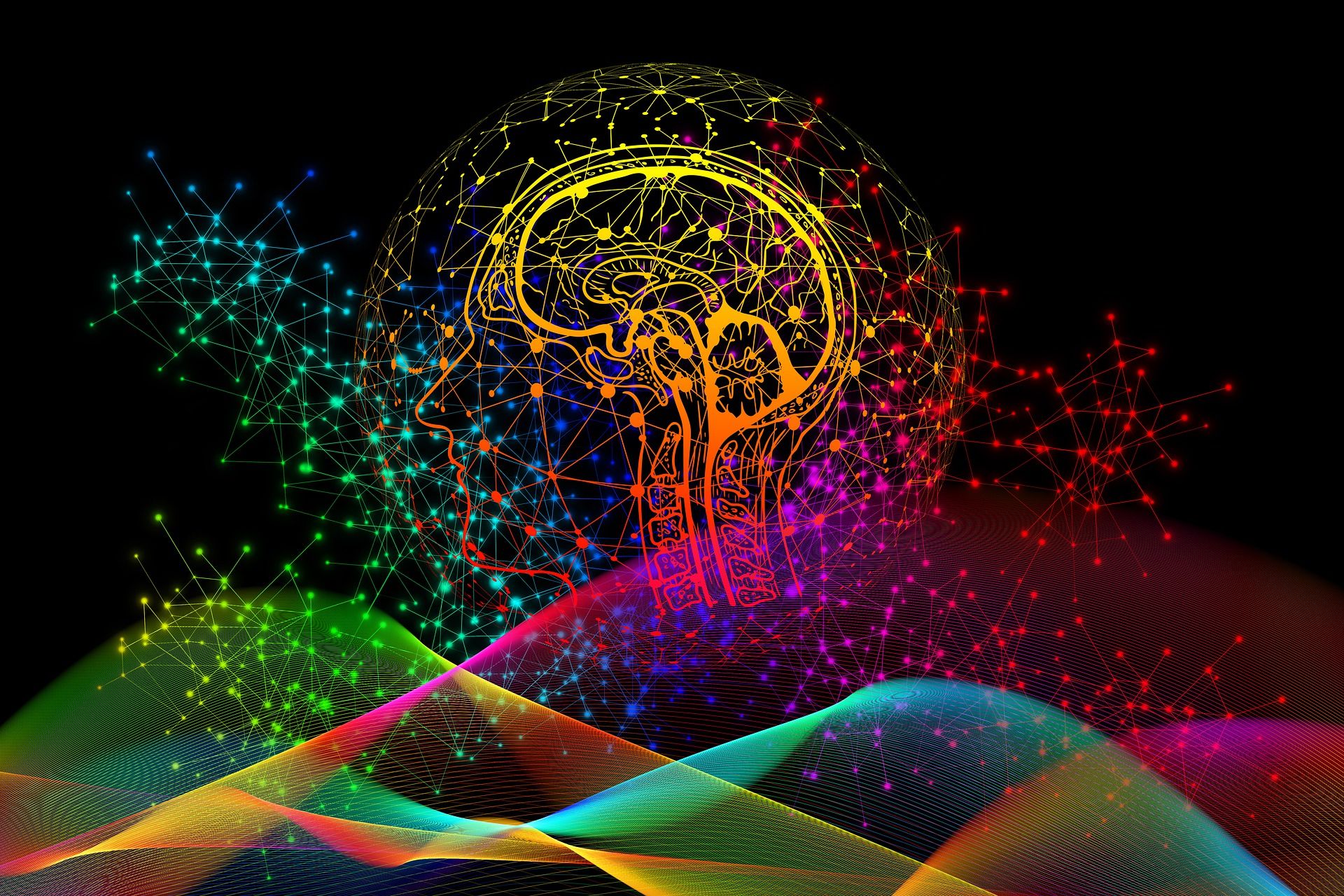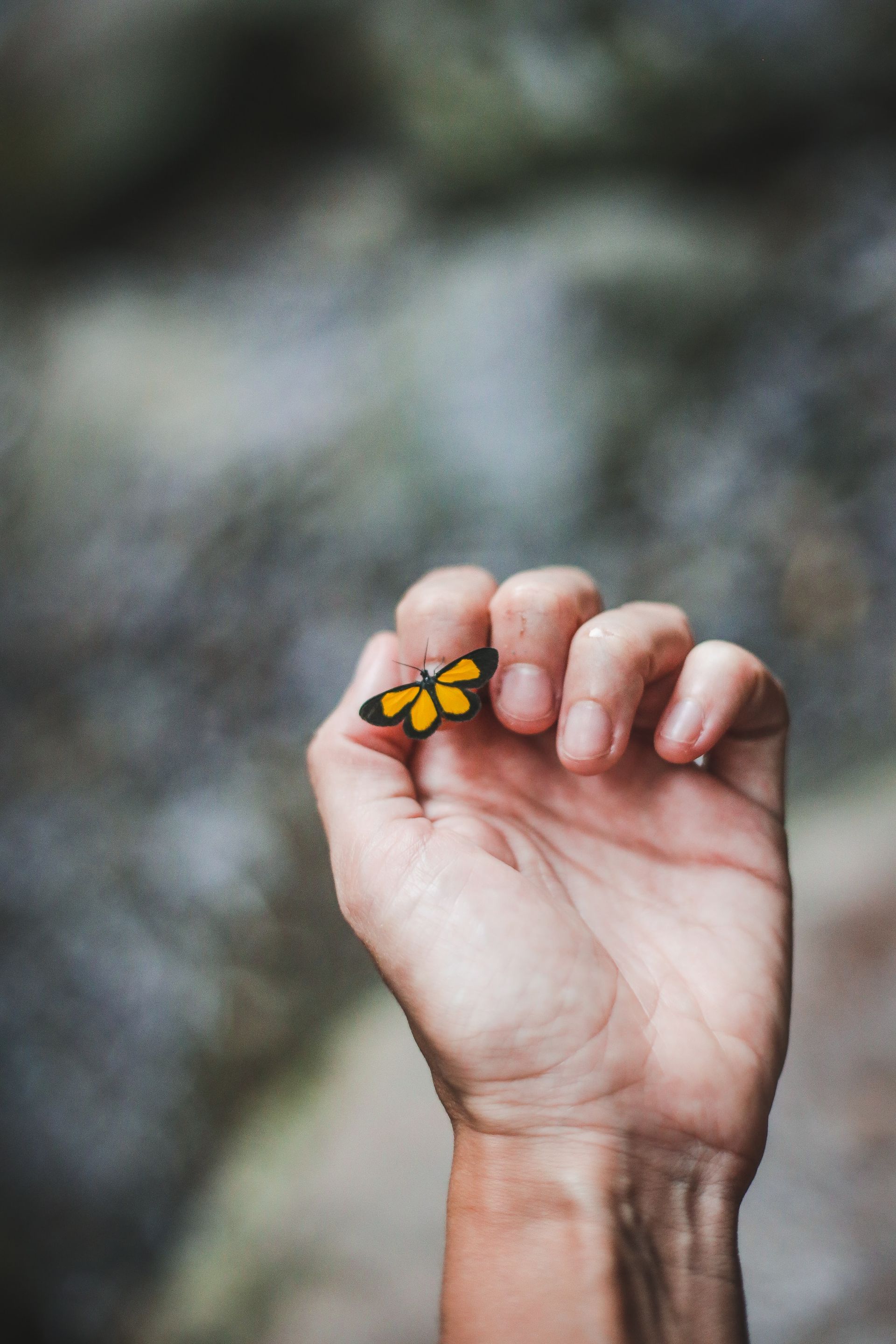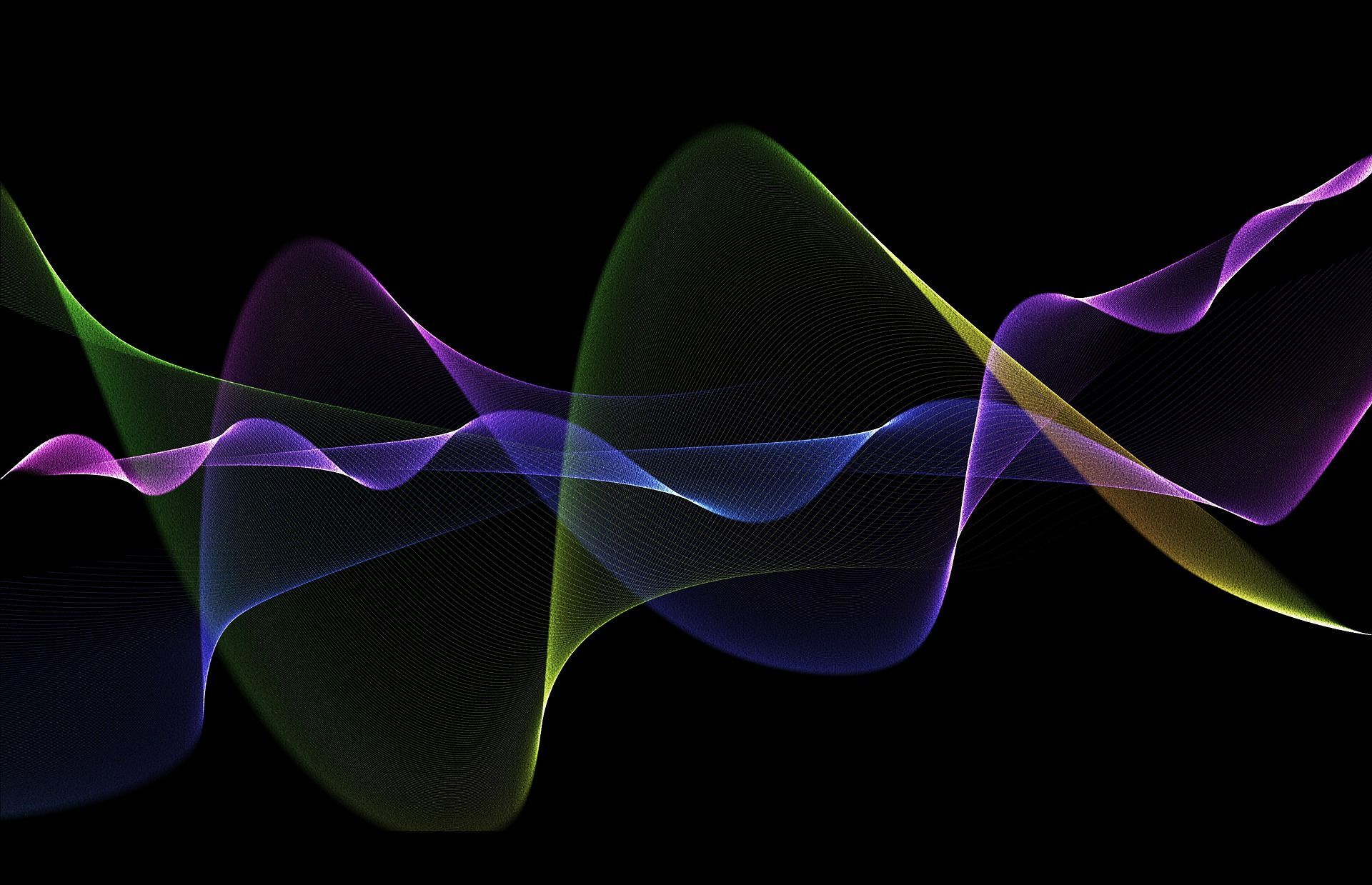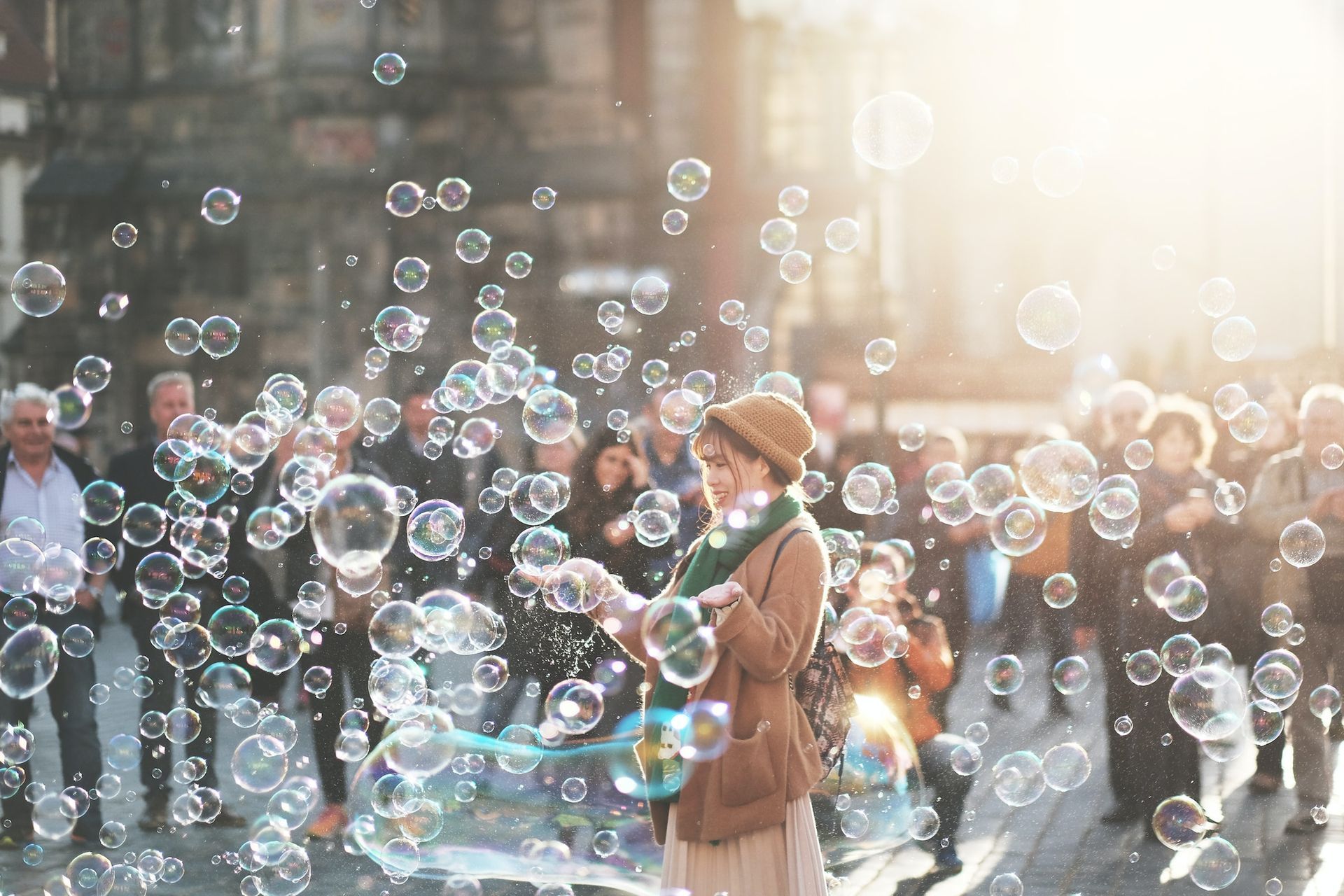The Neuroscience of Healing Presence
Share this Article
The Neuroscience[1] of Healing Presence
The Healing Den focused on creating presence through a variety of techniques, many of which are based in neuroscience. As research has proven the science-based ideas below can be used alone or in combination to encourage and create an all-important shared mindset. For the healing den, these create a series of opportunities for increasing presence with yourself and others.
Eye contact.
During the intensive week, we encourage eye contact as a means to build trust, courage, and connection between all participants. Brain scans show that when people make eye contact, synchrony (sense of connection) increases. When they look away, synchrony decreases. Eye contact activates the mirror neuron system and the cerebellum of the people engaged in social gaze. It helps prepare us to understand the actions and intentions of others[2]. In HD, we find that eye contact is quite foreign and approaches feeling vulnerable. As the activity progresses, there is a sense of safety and connection between participants. We ask participants to test the eye contact experience with their families by making eye contact, soft eyes, one minute per day for each family member for 30 days. They have found a deeper sense of connection with each family member and a willingness to engage is deeper conversations.
Trust.
The Healing den is based on four tenets of trust. Each member realizes that their healing presence is based on developing and practicing these trust builders[3]. All teaching and practice sessions focus on creating trust through presence.
- Benevolence means holding each other, especially oneself, in positive regard and being motivated to act in the healing interest of each other rather than acting in story. Such as falling into the trap of believing one knows what is best for another person.
- Healing presence requires integrity to make good faith agreements, telling the truth, and fulfilling promises. This requires a constant sense of sense whether one is telling a story about the session or being fully present to the moment.
- A healing presence requires a special kid of being with oneself and with others. Competence means having the ability to quiet the mind and be in the moment to allow the energy of presence to fill into a connection of safety. We practice often to support this developmental capability.
- Predictability means the participants become consistent enough in their presence on behalf of the other people in the exercise to feel safe in each situation.
Shared purpose.
The Healing Den is comprised of multiple geographic, nationalities, vocations, ages, and interests. Identifying the group’s purpose as creating healing presence is one way to create common ground that transcends demographic or personal characteristics. By deliberately establishing shared purpose, developing healing presence, we can maximize inclusivity, collaboration, and success to unifying as a community and individually as a healing presence.
Deeper conversations.
Healing Den uses a variety of conversational approaches to support deeper conversations and development of personal awareness. We use small group and community dialogues as well as individual and small group practice sessions to cut through the standard surface-level chat to create more substantial connections faster.
Virtual sessions support this same process for theory development between the residential sessions. The teaching is designed to provide insight and discovery as the community engages or the small groups are in dialogue.
More time together.
The idea focus of the healing den sessions is to invoke trust and affection in a safe environment when frequently in each other’s presence. We recognize that when HD members feel more interconnected, they tend to safely create their healing presence at their own pace without pressure from the community. Neuroscience studies also show that the more time people spend with one another, the greater synchrony they exhibit.
Personal gratitude.
Healing presence is based on the presence of what is present. Letting someone know how much you appreciate them can increase connecting feelings on both sides—the person expressing the gratitude gets the same boost in happiness as the person receiving it. We do not use the binary trap of right and wrong; rather, we focus on what we experienced without judgment and might improve.
Music.
We often used guided meditations and meditation music during training sessions. It is no secret that listening to music has been shown to improve mood, motivation, and the ability to create bonds with others. We encourage personal use between sessions of the recorded guided mediations from the website, and iAwake meditation recordings. These experiences develop more sense of presence within each individual.
Find and leverage “chemistry creators”.
Laboratory research corroborates the existence of chemistry creators and the impact they have on the levels of synchrony. The combination of presence building exercises in healing den sessions increases the degree of trust, safety, and discovery within the community. As we feel more connected, the safety of the learning environment opens to all voices. When these people talk, there is greater inter-brain synchrony across the group.
May Your Day be Filled with Presence,
Herb Stevenson

Footnotes
[1]https://knowledge.wharton.upenn.edu/article/how-to-use-neuroscience-to-build-team-chemistry/?utm_campaign=KatW2023&utm_medium=email&utm_source=kw_campaign_monitor&utm_term=1-25-2023&utm_content=How_to_Use_Neuroscience_to_Build_Team_Chemistry
[2]One study led by Suzanne Dikker and David Poeppel, showed how two minutes of sustained eye contact between teachers and students in the classroom resulted in enhanced neural synchrony, higher engagement, and subsequent improvement in performance.
[3]Adapted from D. Harrison McKnight and Norman L. Chervany, Trust and Distrust Definitions: One Bite at a Time in R. Falcone, M. Singh, and Y.-H. Tan (Eds.): Trust in Cyber-societies, LNAI 2246, pp. 27B54, 2001. c Springer-Verlag Berlin Heidelberg 2001









